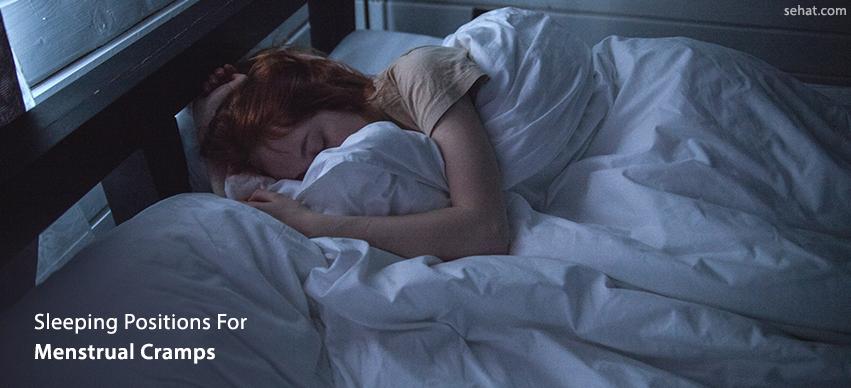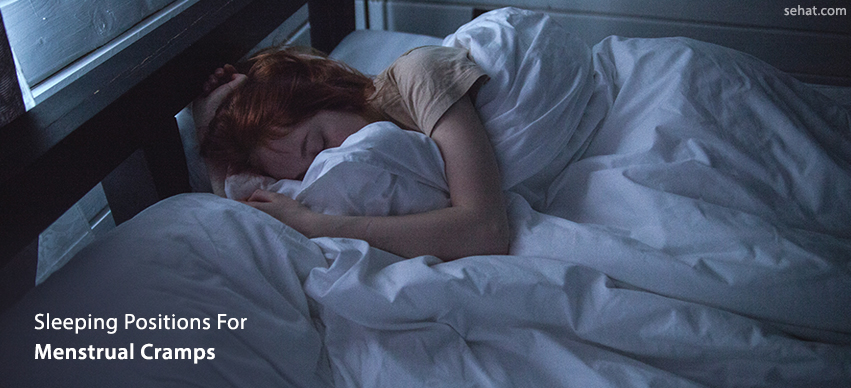
Menstrual cramps, also known as dysmenorrhea in medical terms or painful menstrual periods, are the most common gynecological problem in menstruating women all over the world. A study was conducted in December 2017 to assess the prevalence and impact or primary dysmenorrhea in Indian female students. The study included 1000 females of the age group 11-28 years. The results of this study stated:
- 70.2% of females included in the study complained of menstrual cramps.
- 68.3% experienced consistent pain in all their periods
- Approximately 50% of girls remained absent from schools or colleges due to pain or discomfort related to menstruation
- 25.6% of females were able to manage pain by taking analgesic medications
- 69.7% of students were moderately affected and 7.6% females mentioned inhibition of their daily activities due to pain
- Duration of pain varied from one day to the entire duration of menses
- A variety of factors influencing pain were identified – Stress, nutritional factors, and hormonal factors
- The exercise was a beneficial activity in 12.7% of females
- Location of pain – Was either side of the abdomen and/or low back pain
- Description of pain – Characterized as sharp, twisting ad stinging
- Most common symptoms during menstrual periods were tiredness (56.8%) and back pain (40.6%).
- The most common ways for managing pain as reported by females under study was staying in bed, use of hot water bags, eating or drinking foods that relieve and distraction by watching television or reading.
Menstrual cramps can vary in duration and intensity in different women. While some women may complain of slight abdominal discomfort, some may complain of severely debilitating menstrual cramps which can even incapacitate their day-to-day activities.
Types Of Dysmenorrhea
Menstrual cramps can be of the following types
Primary or Spasmodic Dysmenorrhea
Menstrual cramps with are no identifiable pathology.
- It is mostly confined to adolescence and always limited to ovulatory cycles
- Pain subsides completely following pregnancy and vaginal delivery
- Pain Is Characterized By – Pain occurs a few hours before or at the onset of menstruation, lasts for a few hours. Pain is spasmodic and confined to the lower abdomen, often radiating to the back or thighs.
- Pain may be associated with nausea, vomiting, headache, cold sweats or fainting.
Secondary or Congestive Dysmenorrhea
Menstrual cramps occurring as a result of pelvic pathology
- Cause of pain may be due to increased vascularity in pelvic organs or pre-menstrual pelvic congestion.
- Common conditions include – chronic pelvic infections, pevic adhesions, endometriosis, uterine fibroids, endometrial polyps or presence of intra-uterine contraceptive device (IUCD) in-situ.
- Patients are generally adult women.
- Pain is dull, localized to the back or front without any radiation. It appears 3-5 days before periods and subsides as soon as menstrual bleeding starts.
- Pain is not associated with any systemic discomfort.
Membranous Dysmenorrhea
It is a variety of primary dysmenorrhea and occurs because of shedding of big endometrial casts
- Pain occurs due to deficiency of tryptic ferment normally secreted in the endometrium.
Ovarian Dysmenorrhea
As the name suggests, pain occurs due to ovarian nerve degeneration or sclera-cystic condition of the ovaries.
- Pain is dull and appears 2-3 days prior to bleeding
Sleeping Positions For Menstrual Cramps
Since staying in bed and preferring to sleep is the most common way to manage menstrual cramps by women, it will also be beneficial to understand the best sleeping positions for menstrual cramps to get better relief.
Since menstrual cramps also interfere with proper sleep, this article will help you know some of the best sleeping positions for menstrual cramps.
1. The Fetal Position
Fetal position means the position of a baby inside a mother’s womb, which means sleeping on either side with legs pressed together. You can also keep a pillow between knees to relax the muscles of legs as well.
Sleeping in this position during menses relieves pressure off the abdomen muscles and lets the skeletal muscles around the abdomen to relax, thereby giving relief from menstrual cramps. This position not only helps in relieving cramps but also prevents leaks while sleeping.
2. Avoid Lying On Your Belly
Sleeping on your stomach increases pressure on muscles of the abdomen causing heavier bleeding and more abdominal pain. Sleeping in this position during menses also increases the chances of leaking.
Tips To Get Better Sleep With Menstrual Cramps
Along with maintaining a sleeping position, there are certain pointers to remember which will enable you to get a refreshing sleep. The aim of sleeping well during menses is to relax the mind and body in spite of having menstrual cramps:
- Do some gentle yoga stretches before going to bed. Some yoga poses which help to sleep better are
- Forward Fold – It helps to maintain circulation by stretching the lower back and hips
- Child’s Pose – Stretches the lower back. Deep breathing in this position also calms the mind
- Savasana – This is the easiest to perform. Focus on breathing helps in relaxing both mind and body
- Maintain a cold room temperature while sleeping – This helps to balance the stress hormone cortisol
- Avoid taking caffeine-containing drinks especially towards evening such as tea, coffee or energy drinks.
- Avoid sleeping for long hours during the day. This will make you sleepless and restless at night.
- Choose a proper, convenient time to sleep and avoid using mobile phones, tablets or television during that time.
- Avoid having processed food during menses. Stick to natural, fresh fruits and vegetables.
- Drink plenty of water. One major effect of having menstrual cramps is that women tend to drink less water.
- Light to moderate intensity exercises or yoga can be performed. There are several women who notice a significant decline in menstrual cramps due to regular exercise.
The above-mentioned positions for sleep may help some women, yet if menstrual cramps are severe enough to hamper your daily activities, it is important to visit a gynecologist to get evaluated for the pain. As it has been discussed above, menstrual cramps can also be present as a result of pathological conditions of the pelvis. Hence, it is important for women to get themselves evaluated for menstrual cramps which are severe in intensity.

